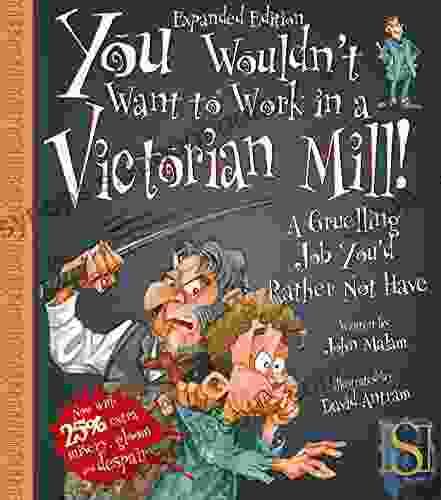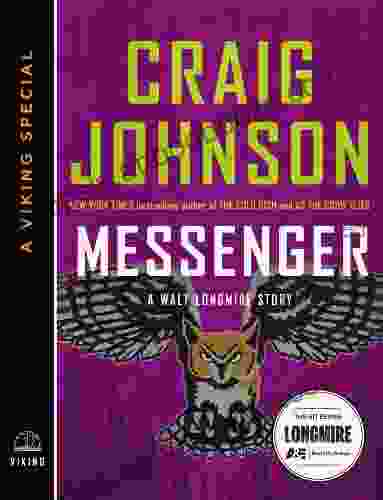You Wouldn't Want to Work in a Victorian Mill... You Wouldn't Want to Be

A Journey into the Heart of Industrial Darkness
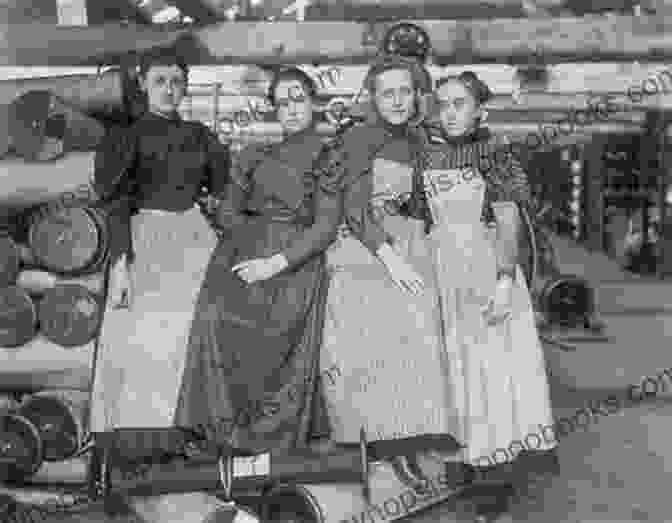
4.7 out of 5
| Language | : | English |
| File size | : | 23008 KB |
| Screen Reader | : | Supported |
| Print length | : | 24 pages |
Step into the pages of history and be transported back to the Victorian era, a time marked by immense social and economic change. Amidst the bustling cities and industrial advancements, there existed a hidden world of toil and hardship within the walls of Victorian mills.
A Life of Grueling Labor
The booming textile industry of the Victorian era relied heavily on the labor of factory workers, many of whom were young children and women. These individuals endured grueling hours, often working from early morning until late at night, with only short breaks. The work itself was monotonous and physically demanding, involving repetitive tasks such as spinning, weaving, and operating heavy machinery.
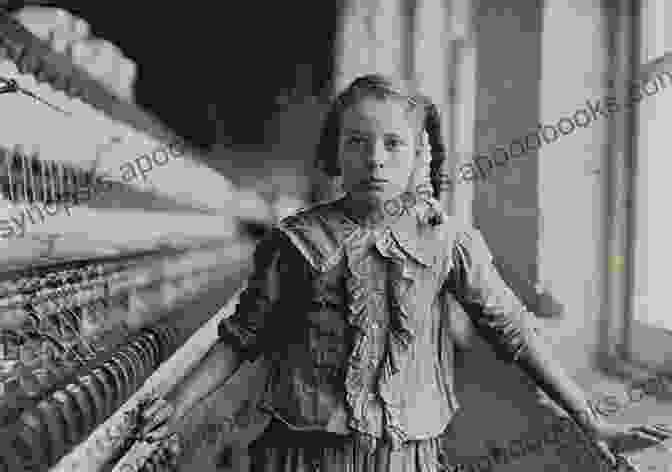
Children as young as six or seven were forced to work alongside adults, subjected to the same harsh conditions. They were often given the most dangerous and unpleasant tasks, such as cleaning machinery or working with hazardous chemicals. The long hours and physical strain took a heavy toll on their health and well-being.
Dangerous Working Environments
Victorian mills were notoriously unsafe workplaces. The machinery was often poorly maintained and accidents were commonplace. Workers faced the constant risk of being maimed or killed by flying debris, collapsing equipment, or chemical explosions. Poor ventilation and overcrowding contributed to the spread of diseases, including tuberculosis and typhus.
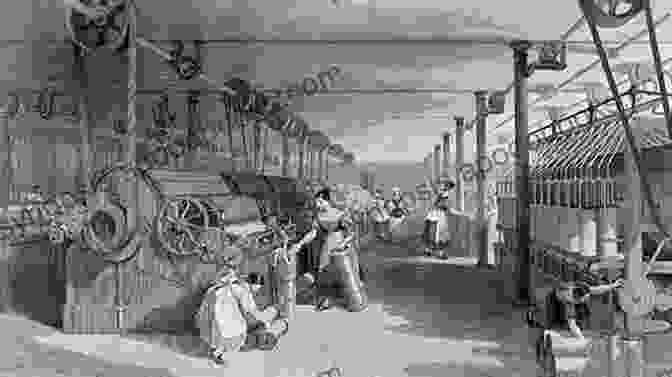
The noise levels in mills were deafening, making it difficult for workers to communicate or hear instructions. The constant clatter of machinery and the pungent smell of oil and chemicals created an oppressive and unhealthy atmosphere.
Social and Economic Exploitation
Beyond the physical hardships, Victorian mill workers faced significant social and economic exploitation. They were paid meager wages, often barely enough to survive. Factory owners had absolute power over their employees, setting work hours, wages, and living conditions. Workers had little to no legal protection and could be fired at the whim of their employers.
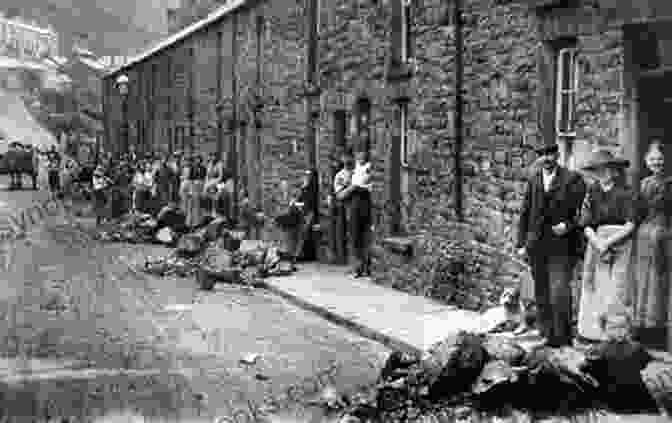
Factory owners often provided housing for their workers, but these accommodations were typically overcrowded, unsanitary, and lacking basic amenities. Child labor was rampant, as parents were forced to supplement their meager incomes with the earnings of their children.
A Legacy of Struggle and Resilience
Despite the appalling conditions, Victorian mill workers fought back against their exploitation. They organized strikes and protests, demanding better working conditions, higher wages, and an end to child labor. Their struggles played a vital role in shaping labor laws and social reforms in the decades that followed.
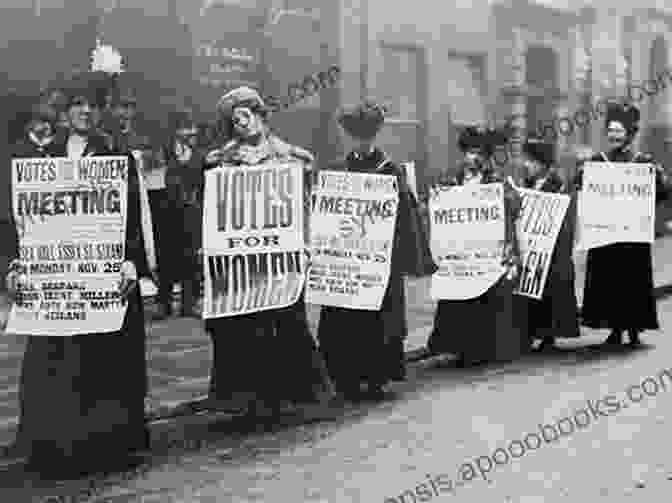
The legacy of Victorian mill workers is one of both hardship and resilience. Their sacrifices paved the way for improvements in working conditions and labor rights for generations to come.
Explore the Hidden History in "You Wouldn't Want to Work in a Victorian Mill... You Wouldn't Want to Be"
Delve deeper into the fascinating and harrowing world of Victorian mill life with the groundbreaking book, "You Wouldn't Want to Work in a Victorian Mill... You Wouldn't Want to Be." Based on meticulous research and vivid storytelling, this captivating narrative transports readers back to the factories of the past, shedding light on the struggles and triumphs of those who toiled within their walls.
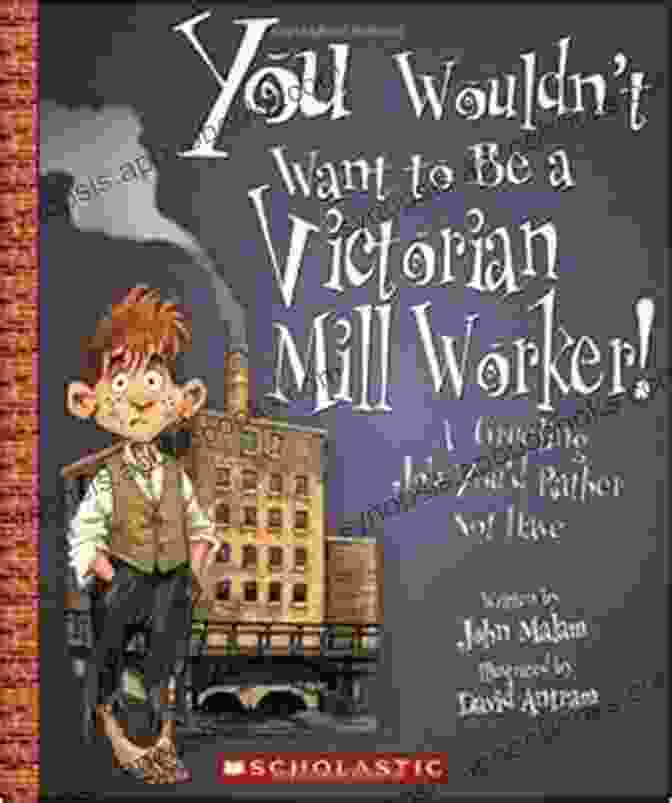
Through firsthand accounts, archival photographs, and expert analysis, "You Wouldn't Want to Work in a Victorian Mill... You Wouldn't Want to Be" offers an unforgettable glimpse into this pivotal chapter of industrial history. It is a must-read for anyone interested in social history, labor studies, or the human spirit's ability to endure hardship and fight for justice.
4.7 out of 5
| Language | : | English |
| File size | : | 23008 KB |
| Screen Reader | : | Supported |
| Print length | : | 24 pages |
Do you want to contribute by writing guest posts on this blog?
Please contact us and send us a resume of previous articles that you have written.
 Book
Book Novel
Novel Page
Page Chapter
Chapter Text
Text Story
Story Genre
Genre Reader
Reader Library
Library Paperback
Paperback E-book
E-book Magazine
Magazine Newspaper
Newspaper Paragraph
Paragraph Sentence
Sentence Bookmark
Bookmark Shelf
Shelf Glossary
Glossary Bibliography
Bibliography Foreword
Foreword Preface
Preface Synopsis
Synopsis Annotation
Annotation Footnote
Footnote Manuscript
Manuscript Scroll
Scroll Codex
Codex Tome
Tome Bestseller
Bestseller Classics
Classics Library card
Library card Narrative
Narrative Biography
Biography Autobiography
Autobiography Memoir
Memoir Reference
Reference Encyclopedia
Encyclopedia Craig Unger
Craig Unger M Lab
M Lab Yrsa Daley Ward
Yrsa Daley Ward Dakota Willink
Dakota Willink D J Moores
D J Moores D M Smith
D M Smith Cyr Powers
Cyr Powers Margery Kerstine
Margery Kerstine Valeria Crisafulli
Valeria Crisafulli Cyrus Parsa
Cyrus Parsa M M Holt
M M Holt Cory Eckert
Cory Eckert Co De Kloet
Co De Kloet Claudia Stauber
Claudia Stauber Fujita
Fujita Coleman Barks
Coleman Barks Fareed Zakaria
Fareed Zakaria Corey Porter
Corey Porter Clive Cussler
Clive Cussler John J Davenport
John J Davenport
Light bulbAdvertise smarter! Our strategic ad space ensures maximum exposure. Reserve your spot today!
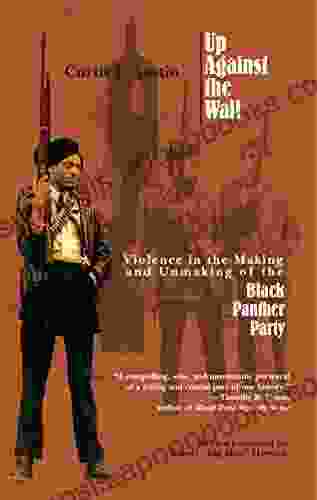
 Bobby HowardUp Against the Wall: A Riveting Thriller That Will Keep You on the Edge of...
Bobby HowardUp Against the Wall: A Riveting Thriller That Will Keep You on the Edge of... Eliot FosterFollow ·15.4k
Eliot FosterFollow ·15.4k Clark CampbellFollow ·19.3k
Clark CampbellFollow ·19.3k Dawson ReedFollow ·15.6k
Dawson ReedFollow ·15.6k Camden MitchellFollow ·14.3k
Camden MitchellFollow ·14.3k Ernest HemingwayFollow ·8.9k
Ernest HemingwayFollow ·8.9k Jerome PowellFollow ·13.6k
Jerome PowellFollow ·13.6k Anthony BurgessFollow ·11.1k
Anthony BurgessFollow ·11.1k Jim CoxFollow ·17.9k
Jim CoxFollow ·17.9k

 Cooper Bell
Cooper BellKids Rule Box Office Hits for the Elementary Player
Empowering Young Performers:...
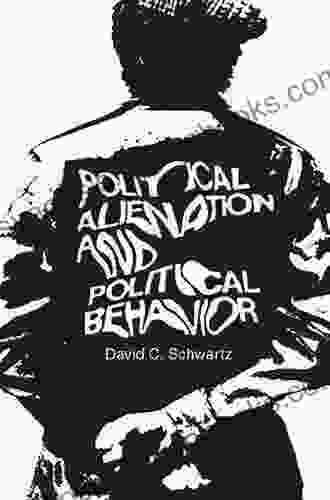
 Gabriel Blair
Gabriel BlairUnraveling the Enigma: Political Alienation and Its...
In the labyrinthine tapestry of human...

 Anthony Burgess
Anthony BurgessBe a Great Singer: Unleash Your Musical Talent with...
Do you dream of singing with...
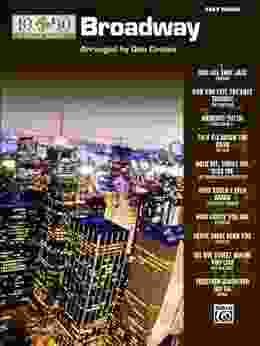
 Heath Powell
Heath PowellDive into a Musical Masterpiece: "10 for 10 Sheet Music...
An Enchanting Journey Through Broadway...

 Guy Powell
Guy PowellUniversal Rights, Systemic Violations, and Cultural...
The notion of universal human rights is a...
4.7 out of 5
| Language | : | English |
| File size | : | 23008 KB |
| Screen Reader | : | Supported |
| Print length | : | 24 pages |


